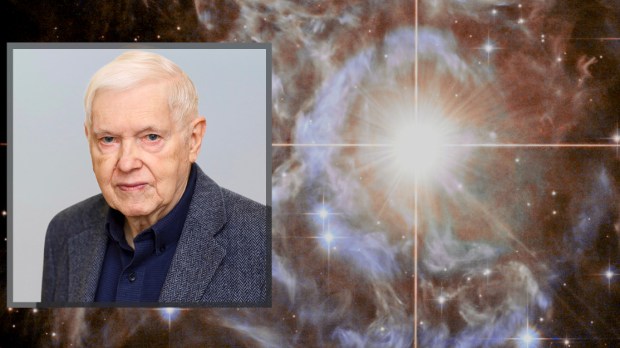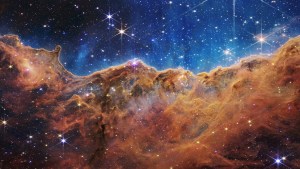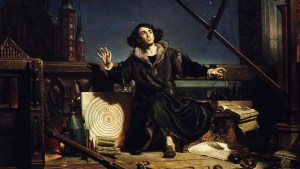Many people assume that science and religion must always be in conflict. Owen Gingerich, who passed away on March 28, 2023, thought otherwise: “It seems to me that religion and religious views were very much handmaidens to the birth of modern science.” He believed that the scientific method owed much to “the kind of reasoning that Thomas Aquinas laid out.”
Gingerich grew up in a Mennonite family amid the plains of the Midwest. His interest in astronomy began in childhood. As a teen he became fascinated by how variable stars changed in brightness. Gingerich went on to study astronomy at Harvard University, where he would eventually teach astronomical history. He also served as an astrophysicist at the Smithsonian Astronomical Observatory.
The president of the Vatican Observatory, Br. Guy Consolmagno, S.J., told us:
Owen was a longtime friend of the Specola Vaticana, and I was honored to consider him a personal friend as well. We first met when I was a postdoctoral fellow at Harvard, with an office just down the hall from him, back in 1978. He was certainly a giant in the field of the history of astronomy, and of course his knowledge of Copernicus was legendary. But I especially remember him as a holy and gentle man. His presence will be missed; but we were blessed to have him among us.
The theory that changed everything
Owen Gingerich became an expert on the work of the Catholic astronomer and mathematician Nicolas Copernicus, whose heliocentric (Sun-centered) model of the cosmos was outlined in his 1543 book De revolutionibus orbium coelestium (On the Revolutions of the Celestial Spheres).
Before Copernicus, most people believed that the Sun and other heavenly bodies orbited the Earth. Copernicus’ theory would revolutionize our understanding of the universe, though it took the invention of the telescope and years of careful observation and controversy before Copernicus’ ideas were vindicated.
Four-hundred-plus years later, most scholars assumed that De revolutionibus had little influence at the time of its publication. When the writer Arthur Koestler dismissed it as “the book that nobody read,” Nicolas Gingerich conducted an intense study of De revolutionibus’s original editions. His research proved that the book was, in fact, widely read by Copernicus’ contemporaries. Catholic and Protestant thinkers alike were eager to understand Earth’s true place in the cosmic order.
Are science and religion in conflict?
Owen Gingerich devoted much of his later life to giving talks about the supposed conflict between science and religion. He insisted that they were two different, not opposing, methods of understanding reality, stating that “the great tapestry of science is woven together with the question ‘how?’” Religion, on the other hand, has a different preoccupation: “not the how, but the motivations of the ‘Who.’”
Misunderstandings between the two methods arose when they were misapplied. He criticized those who insisted that the creation accounts in the Book of Genesis had to be taken literally. On the other hand, he called on scientists to remain open to signs that “a superintelligent Creator exists beyond and within the cosmos.”
A divine design
In his book God’s Planet, Gingerich concludes:
“… what is accepted today as science is commonly colored by personal beliefs, including our religious or our antireligious sentiments. If someone tells you that evolution is atheistic, be on guard. If someone claims that science tells us we are here by pure chance, take care. And if someone declares that [the two] magisteria do not overlap, just smile smugly and don’t believe it.”
“There is,” Gingerich insisted elsewhere, “no contradiction between holding a staunch belief in supernatural design and being a creative scientist.” And he went on to quote the scientist he had spent a lifetime studying, Copernicus: “So vast, without any question, is the Divine Handiwork of the Almighty Creator.”



